
Antonino Saggio I Quaderni
Talks
Space is Information


Follow the audio of the talk >
Read the text >
1. Contemporary cities and information
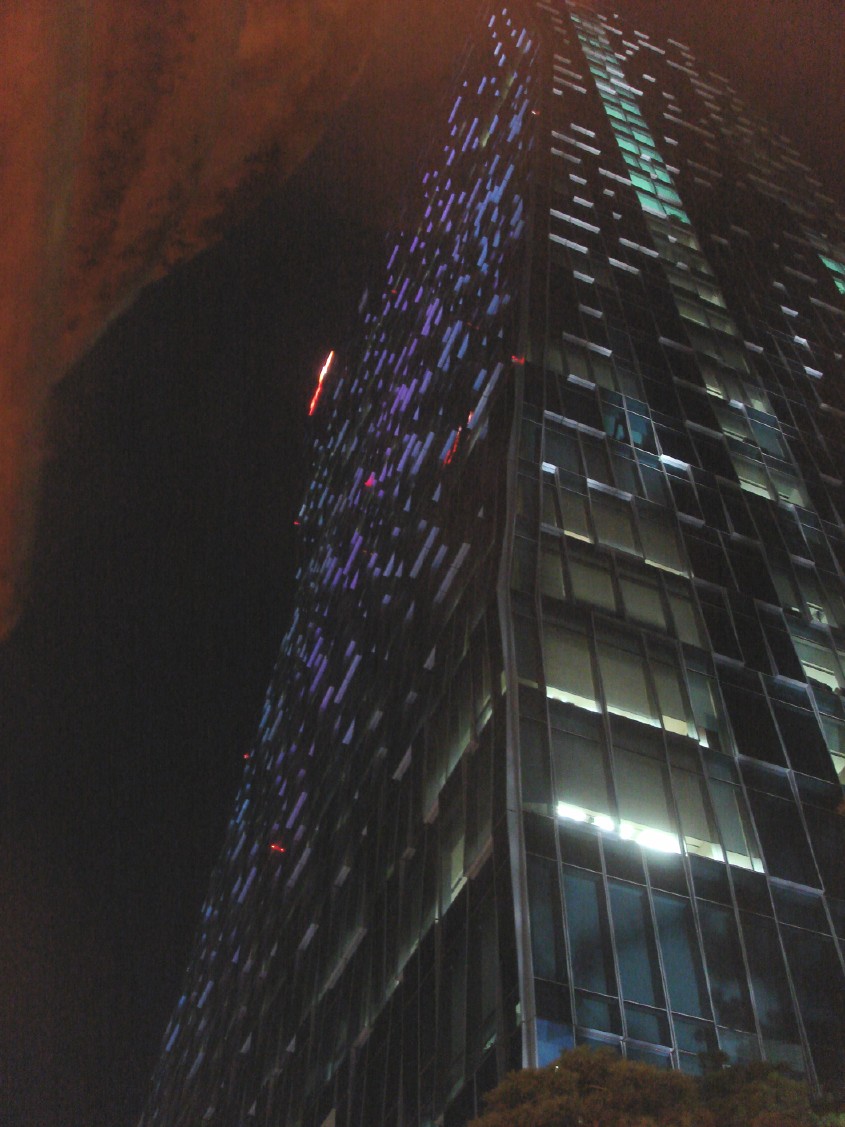
Rem Koohlaas,Sk Building Seoul

Kas Oosterhuis, car show and sound barriier highyway The netherlands
See Building Movie Local >YoTu..be >
Jam Frequency Local > Web >
Olivieri Marco,Pitzalis Federico, Janni Gordon, Marinelli Alessandro, Saggio Course La Sapienza
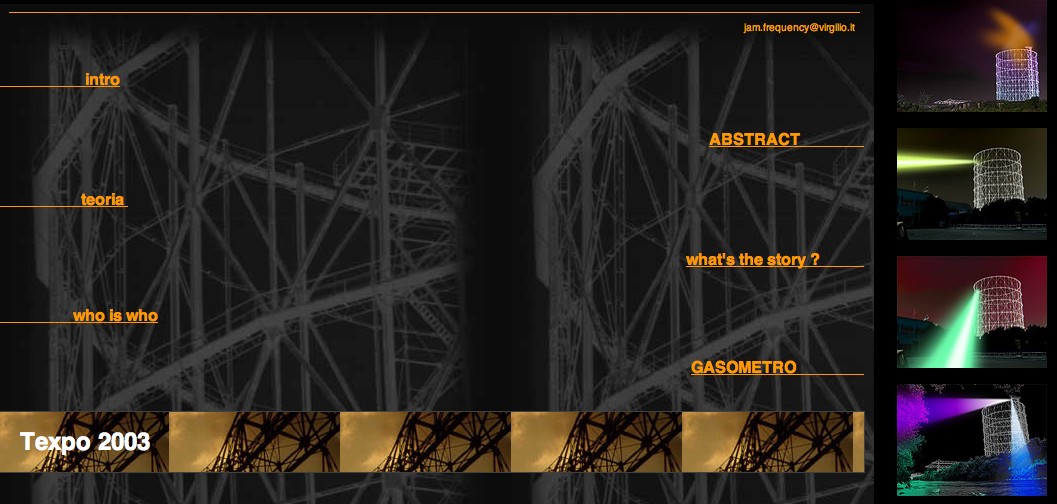
all the works of Texpo >
Linearuty versus complexity
2. The Changing Notion of Time


Gropius, Bauhaus, Mark Goulthorpe Decoi, >The wall


Latina Frezzotti | Visual device 2005 Choi, Byoung-li
3. The Changing Notion of Space

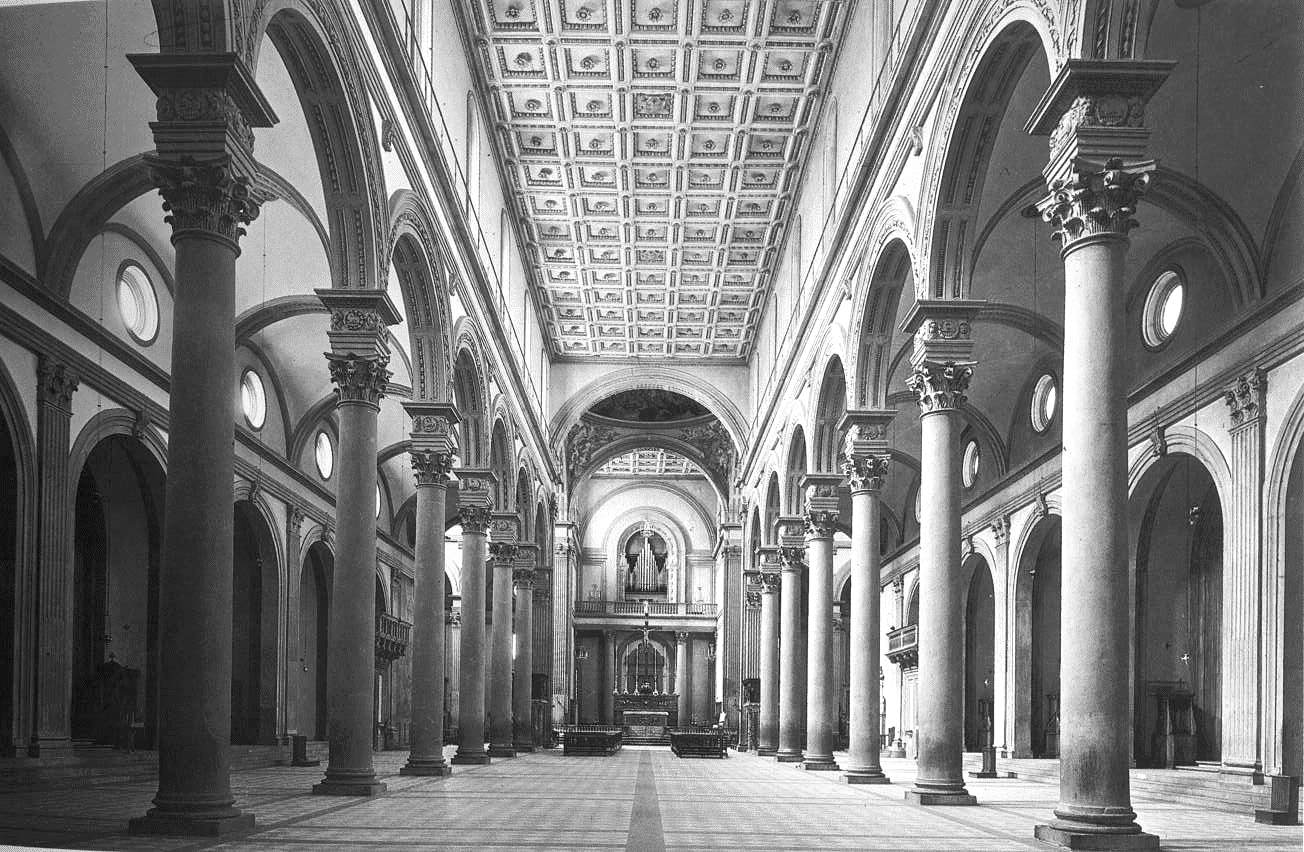
See Mathland preface >
4. The Prothesis


5. Looking Inside

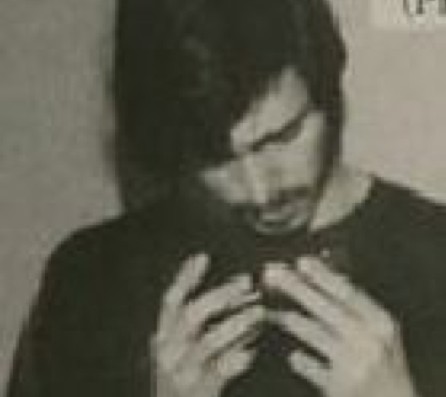
Steve (Jobs) looking inside a chip in 1976
refer also to James James Hockney "Secret Knowledge" Thames and Hudson and to two serious AS's Sindromes Borromini >, video > Caravaggio >
6. Time to Define Space

1. The Extrusion process
2. the different sub systems
3 an experiment
4. Jump
"Time is a property Created by God together with the Universe" Saint Agustin (Sant'Agostino)
7. What Is Space

Choi, Won-Jung, "Why not here: murung dowan", 2006 >
8. Space as Information

Marcos Novak, Invisible space, Venice Biennale >
Does color really exists?
a. perception of colour. Psycology of perception
CONTEXTUAL

this refers also to transparency



Walte Gropius Bauhaus, Dessau | Jean Nouvel, Cartier Foundation, Paris
2. Physiological


Picture by Andrew Davidhazy
3. Cognitive.
What color is the sky?
What colour is the ice?
Now let's make a decisive step: but if the colour does not exist in reality and it exists only contextually, we should understand that the colour is one type of "information". True information!, as we have already defined that is: "application of a convention to one data". In this case the data is the electromagnetic radiation, while colour is nothing more than a psychological, physical and conventional use of information! Red wants to say stop, green go, but only in some contexts and some conventions.


Now look at this picture
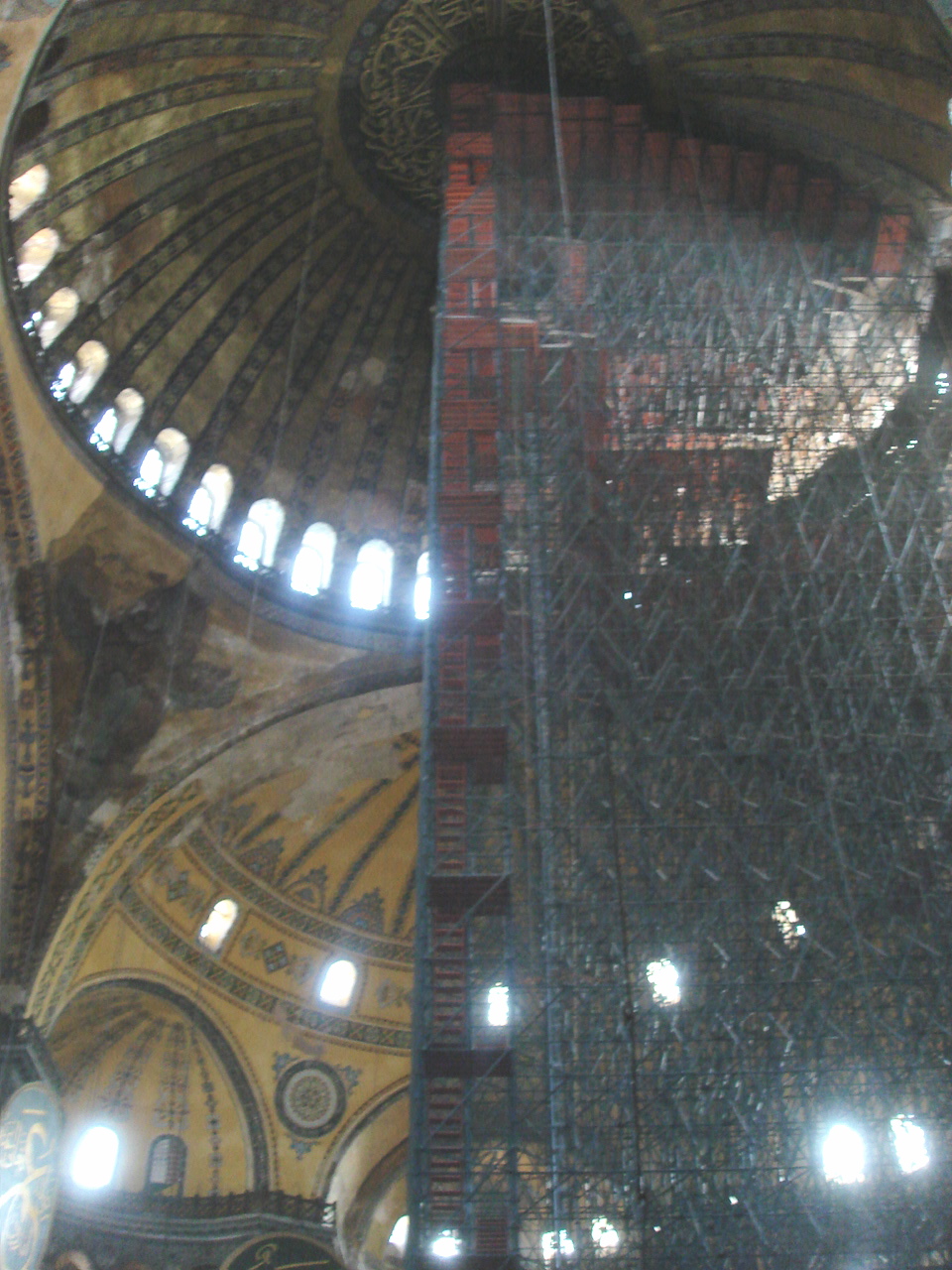
Santa Sofia
Space is information we can design and change its properties, values and characteristics, and we can also manipulate it to have some kind of projction of other dimensions
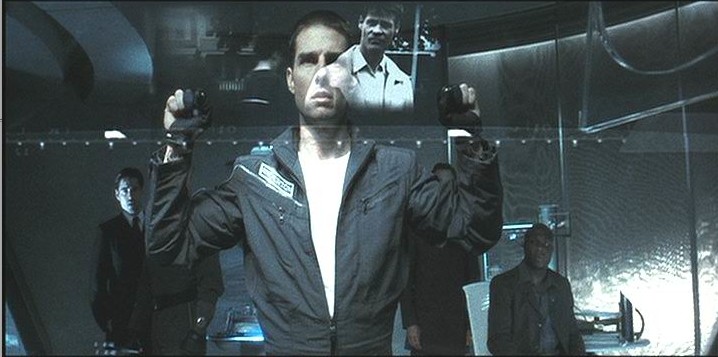
Steven Spilberg, Minority report
Anticipation of a portion of AS speech at University of Kuwait conference. Sourece of Architectural forms >
Finally space
And now we are ready to directly discuss the issue of space. Does space really exist? At this point in our discussion, the answer is obvious: it exists and it does not exist. Matter exists, not space. Space is absolutely dependent on the context and on the physical characteristics of the receiver. Perhaps the space that is known to a bat is "equal" to ours? A bat does not see but it sends sonorous waves like a radar. Is the space that the bat lives in like ours? Or it is effectively a different one?. Imagine a small worm that goes around our same room. The worm knows only two dimensions because it just "strips" (slivers?). Is it's space equal to the space that we see from our third dimension? And naturally let's think of fish that only live in aquatic space. How can they conceive, from the depths of the sea, the notion of mountains elevated so high to the point of snowfall?
In summary, if with Copernico we have understood that the earth is not at all the center of the universe, even though it appears to be our our point of view,, it must also be understood that the three dimensions that men experience are NOT the center of anything. We do not live at all in a kind of three-dimensional bubble in which everything is located and that we and our bodies watch and control. On the contrary, other spaces exist- other informative worlds! They are a series of parallel worlds that coexist although there are some channels, some passages, some small openings and some "projections" between these various worlds.
However, also the man when is put in a different conditions "sees" and experience space in completely different way. Lately I have spoken with the Italian astronaut, the colonel Roberto Vittori. Vittori describes space in the conditions of microgravity as completely different from the space we are accustomed to. A space in which one floats is a radically different one: it is a space full of possibility and of gorges and above all it is a space to be used physically and therefore cognitively differently.
For this reason I refer as a key image of this text (fig. 0) the Church of Saint Sofia in Istanbul. One can see in the image the large room under the main cupola as it was designed in half of the picture and in the remaining half occupied by an enormous scaffolding. The scaffolding can be read as an enormous matrix. In this case the matrix is physical, but imagine it as a virtual and electronic one. Sensors can in fact describe the points of the matrix-scaffolding and, activating these hidden but existing points of the space, various information can be placed (as Tom Cruise made Minority report). Imagine being able to experience (?) space floating like an astronaut. Or think, more simply, how space is experienced by a pigeon that enters that basilica and knows the gorges, the hidden places. It should be clear that space is a space-information absolutely dependent on the contextual, physical and cognitive principles we described above. Space exists only in the measure in which these three levels are effectively practicable by the receiver.
As Einstein wrote - (2) the most sensitive thing to say something about space it is time (I don't understand this sentence) (the most sensitive topic is that of space and time?)(and on this aspect much we have constructed). Einstein refers to physics, if we must approach space from our human point of view and to dare to add something to the concept of space, it is that "space is information'. Among other things space changes continuously and it is, even literally, " in formation".
Space does not exist as such. It is the application of a convention to the data of the matter. On the other side, the historical and scientific mutations of the concepts of space on which in other occasions we have written, is further evidence of the same argument (3).
Here we would like stop ourselves because it seems to us to have reached the point. It follows some obvious consequence for the architects who are interested in the research of Information technology. If the information is the raw material of this historical phase, and if the space itself is information, how can one design this new conscience? The first aspect of the answer is: "increasing its cognitive and contextual" characteristic. As we know, technology can be used like as a tool to augment reality. How can one design to render a way to perceive dimensions that are beyond our normal 3 dimensions and our limits?. The entire history of technology points in this direction with the artificial prosthesis that creates and expands our cognition and physical limits. As it is known, in the last physical elaborations of micro particles and in new molecular reactors, time goes backwords, but also the Internet is an incredible prosthesis, i.e. an incredible example of amplification to cognitive and experiential knowledge. The future development of architecture will be part of this process. The prostheses most powerful today, from the Internet to the nano technologies that concurs with the materials to the change of colour, density, characteristics go in this direction. And then, as always, there is the great topic of the interactivity and of the dynamic interconnections to which we often return and to which we have briefly fore mentioned.. The interactivity of architecture, is the natural catalyst because if space is information it most also hold true that with the exact dynamics of interconnections of electronics this consciousness may move far beyond our presently known dimensions and limits.
9. Crisis Modernity and Information Technology
Special Session Organiser: Prof. Antonino Saggio, La Sapienza University, Italy
One possible definition of Modernity relates it to the concept of Crisis. Thinking along these lines, “Modernity is the effort to answer to crisis and in so doing urges and promotes the necessity of new Aesthetics”
I am putting in words a way of thinking that has different master thinkers, but that motivated the theoretical effort that is behind “IT Revolution in Architecture”. For Crisis, I intend the historical process of transformation from the Industrial Paradigm to an Informational one; for Modernity I intend the positive effort to address the crisis in front of us putting at the center Information Technological, not because we like it but because IT is the propellant of our times. The results bring “Revolutionary” aspects in considering the historical magnitude of the shifts in front of us.
Now, this special session of the conference on Intelligent Environments called “Crisis Modernity and Information Technology” is looking specifically for contributions that address the just described crucial relationships.
In other words, the stress of the papers should be put (a) “In a situation of crisis” (pollution, poverty, emergence for disasters, risks of different nature and sorts, atmospheric or land situation etceteras) and (b) in addressing the crisis situation with an intelligent and creative use of Information Technology.
The case studies and projects can be at a very large territorial scale or at minimum scale of object design. The issue to establish in the paper is how Information Technology is crucial in addressing and solving the issue.
IT has not to be only a toy for the houses of the richest but a crucial tool in the growth of humanity. Right? >>
Saggio Home site